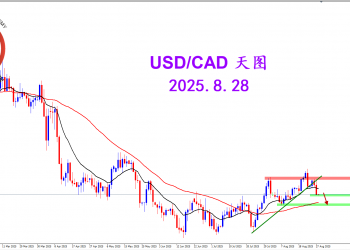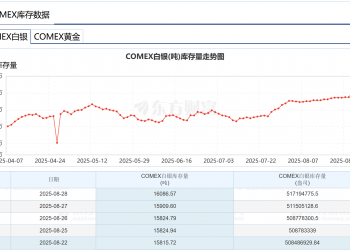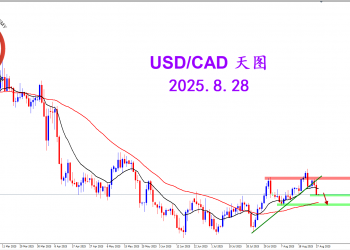Gain Gapital Ananysis 09:41 pm est
Data Preview: US January Employment Report—Friday February 3, 2006 0830EST
Unemployment rate is forecast to hold steady at 4.9%. Manufacturing payrolls are forecast to increase 8K (prior +18K).
Market expectations are for a non-farm payroll increase of 250K. The range of 75 analysts’ estimates is 175K to 350K. The average ‘miss’ (forecast vs. actual) for January NFP over the last 14 years is 104K. This leaves a wide range of outcomes for the market reaction based on the actual NFP report.
To complicate matters further, there is a strong bias among market analysts for a better-than-consensus result, and this will have the effect of accentuating the risks from a disappointing number while moderating the positive impact of a higher number.
In the grand scheme, a reading between 230-280K should be considered a positive result for the dollar (labor market strong, labor growing scarcer, increasing wage-driven inflation pressures, keeping the Fed in tightening mode), and potentially lead to markets factoring in another hike on May 10. A strong reading such as this would allow the dollar to break recent corrective highs and extend gains.
A reading between 180K-230K, while nominally disappointing, is a solid monthly job gain and is in line with monthly averages over the last year, and would do little to alter thinking on future Fed rate policy.
A reading sub-180K is likely to lead to severe short-term disappointment for dollar bulls, but should not fundamentally change the market’s thinking that the 1Q US growth is set to re-bound substantially from 4Q.
A few data-specific factors should be kept in mind. Market models are suggesting that January hiring accelerated after the mid-Jan MLK holiday, and this would result in most of January’s jobs gains being captured in the February employment survey, meaning that much of the strength currently expected for January NFP will be spread over Jan. and Feb. This would then likely result in a January NFP report below the median expectation.
Another factor to consider is next week’s $48 bio US Treasu y quarterly refunding auction, which will also see the re-introduction of the 30-year T-bond, absent since 2001. The view among bond markets is that a NFP number north of 250K will see a Treasury sell-off going into the auctions, and this will potentially scare off domestic investors and make the auctions’ success more heavily dependent on foreigner investor buying. If that foreign interest should fail to materialize and the auctions receive less interest, the US dollar has the potential to experience significant weakness. However, the impact on the dollar would likely be delayed until next week when the auction results are known.
A NFP result below 170K is likely to see bond markets begin to rally after the last two weeks of selling, and this would assure successful auctions across all maturities (3/10/30). The effect of a weaker NFP report on bonds has less direct implications for the dollar, and the currency market will react more independently.
It certainly seems like that we are heading into some uncertain economic times hence the focus on each number. |
 一口气了解外汇,都是怎么玩儿的?14 人气#视频
一口气了解外汇,都是怎么玩儿的?14 人气#视频 9?13 人气#议 事 厅
9?13 人气#议 事 厅 贵金属周报(8月31日)478 人气#主 论 坛
贵金属周报(8月31日)478 人气#主 论 坛 8,291 人气#议 事 厅
8,291 人气#议 事 厅